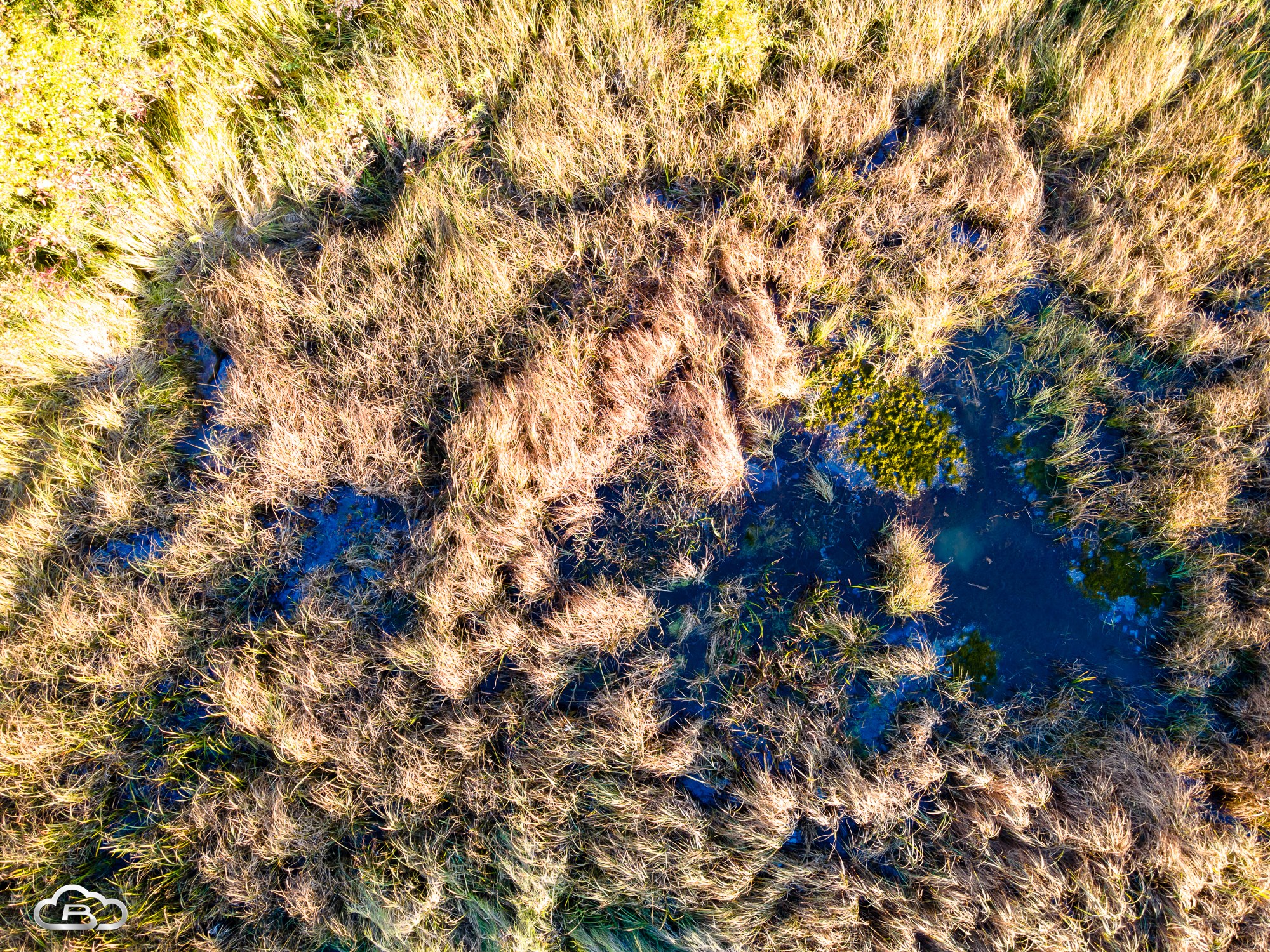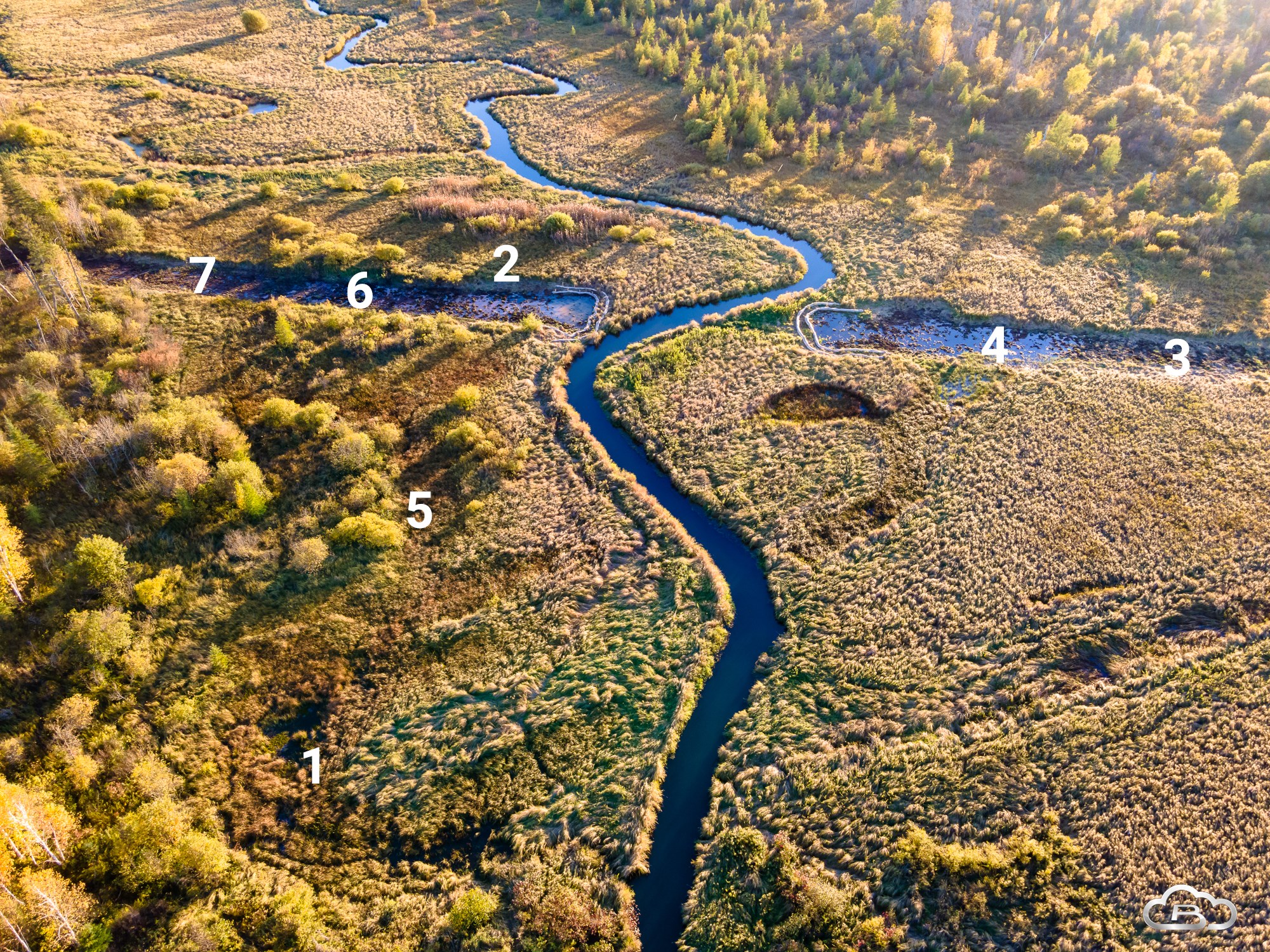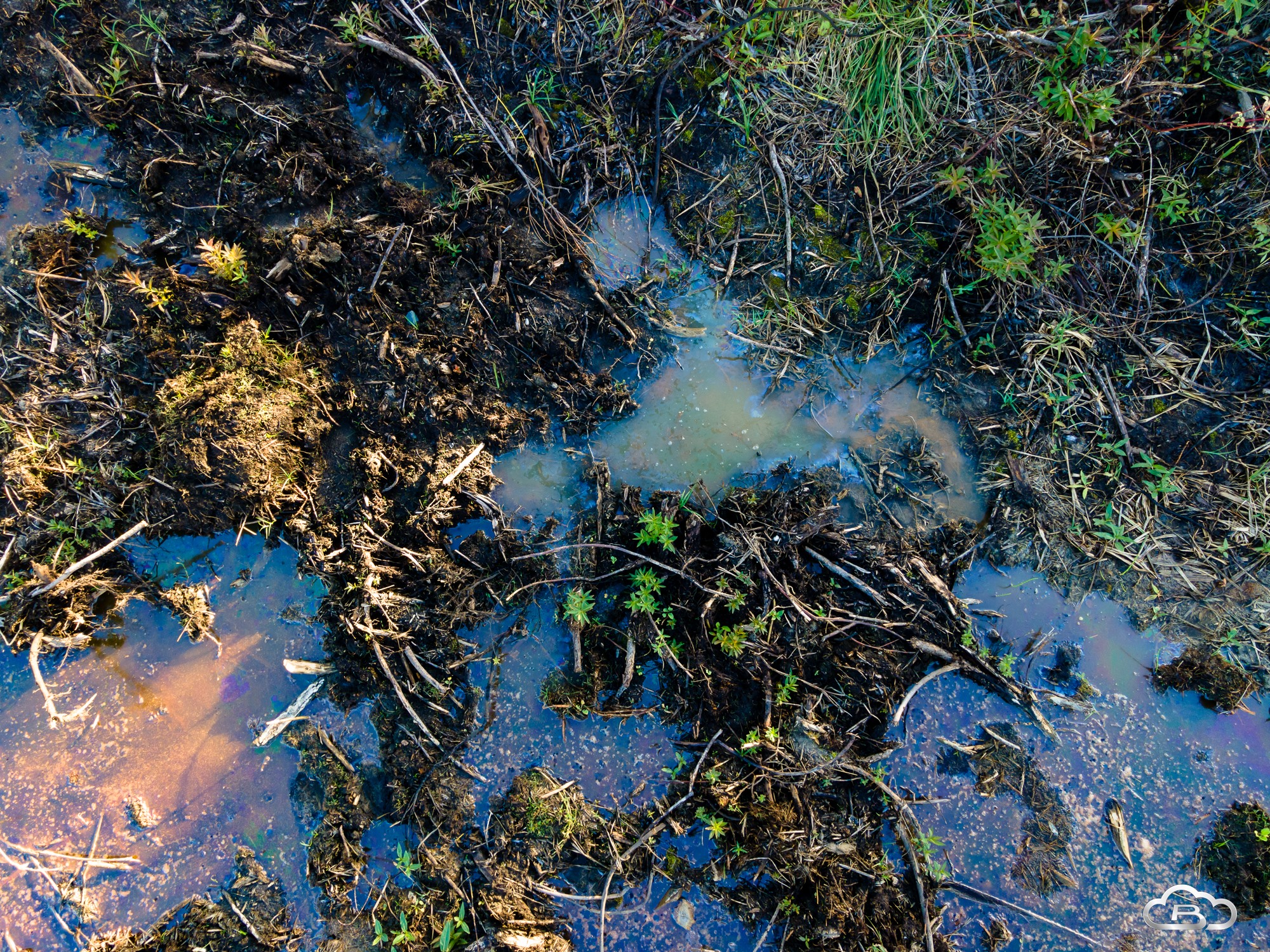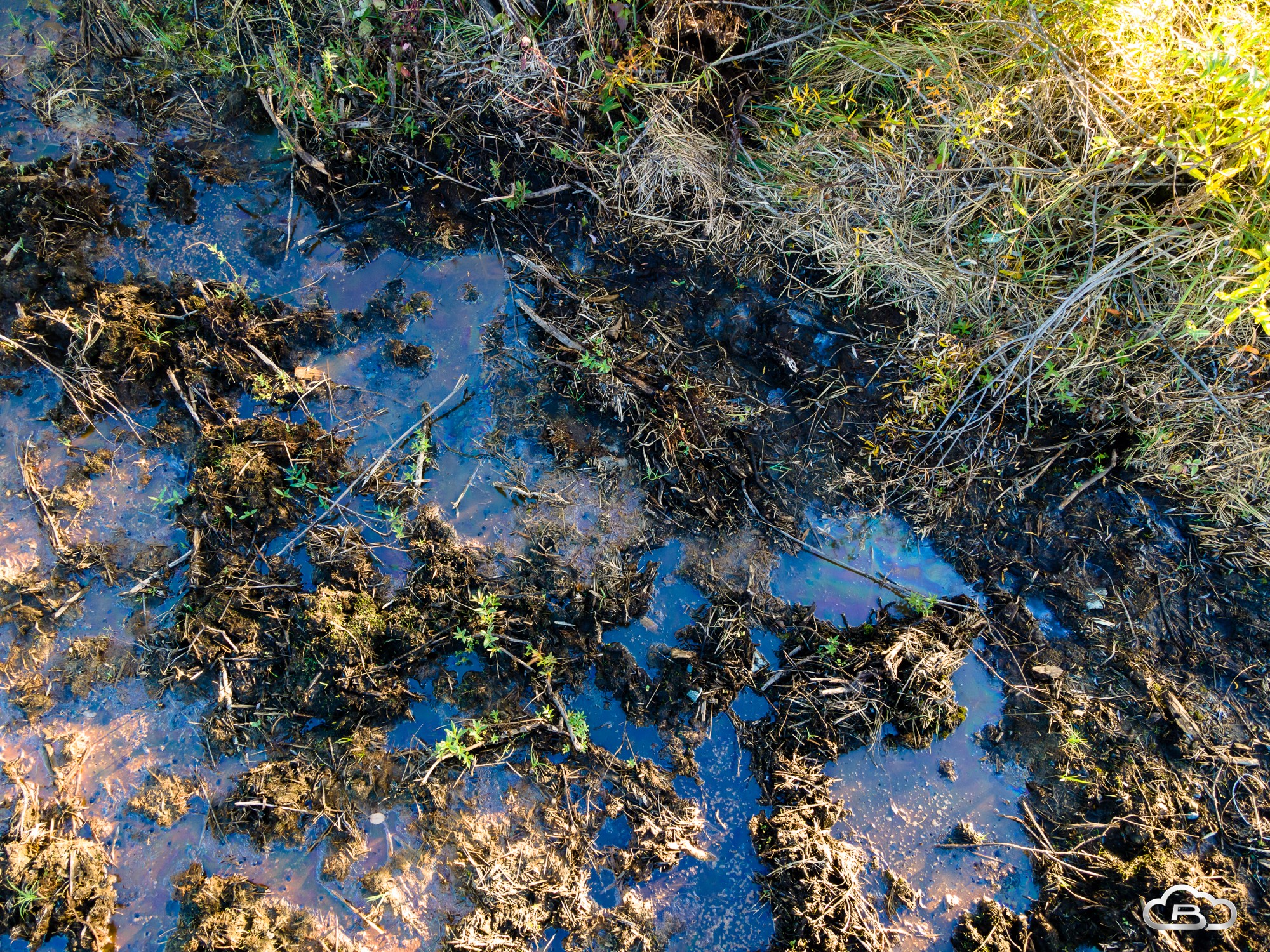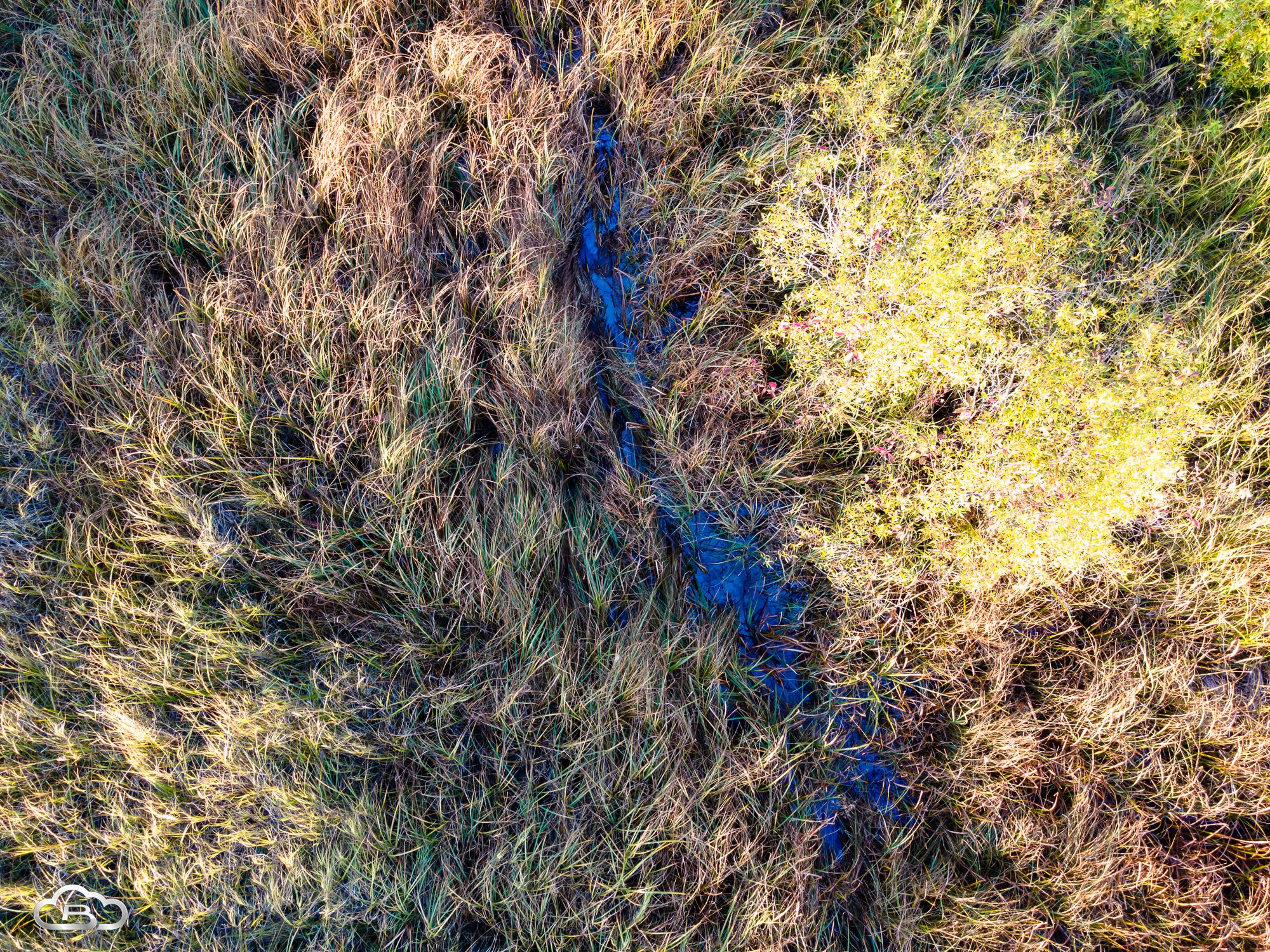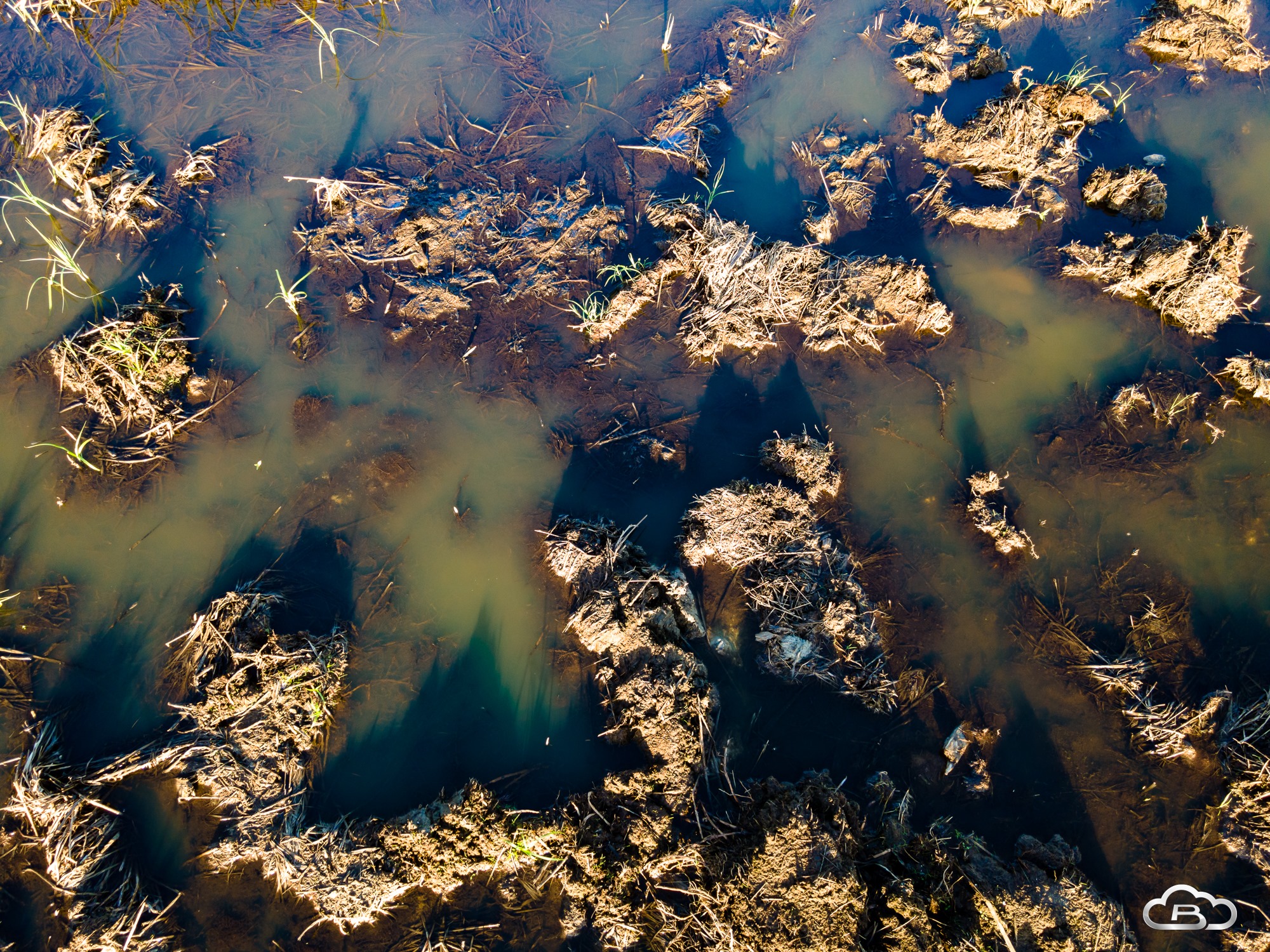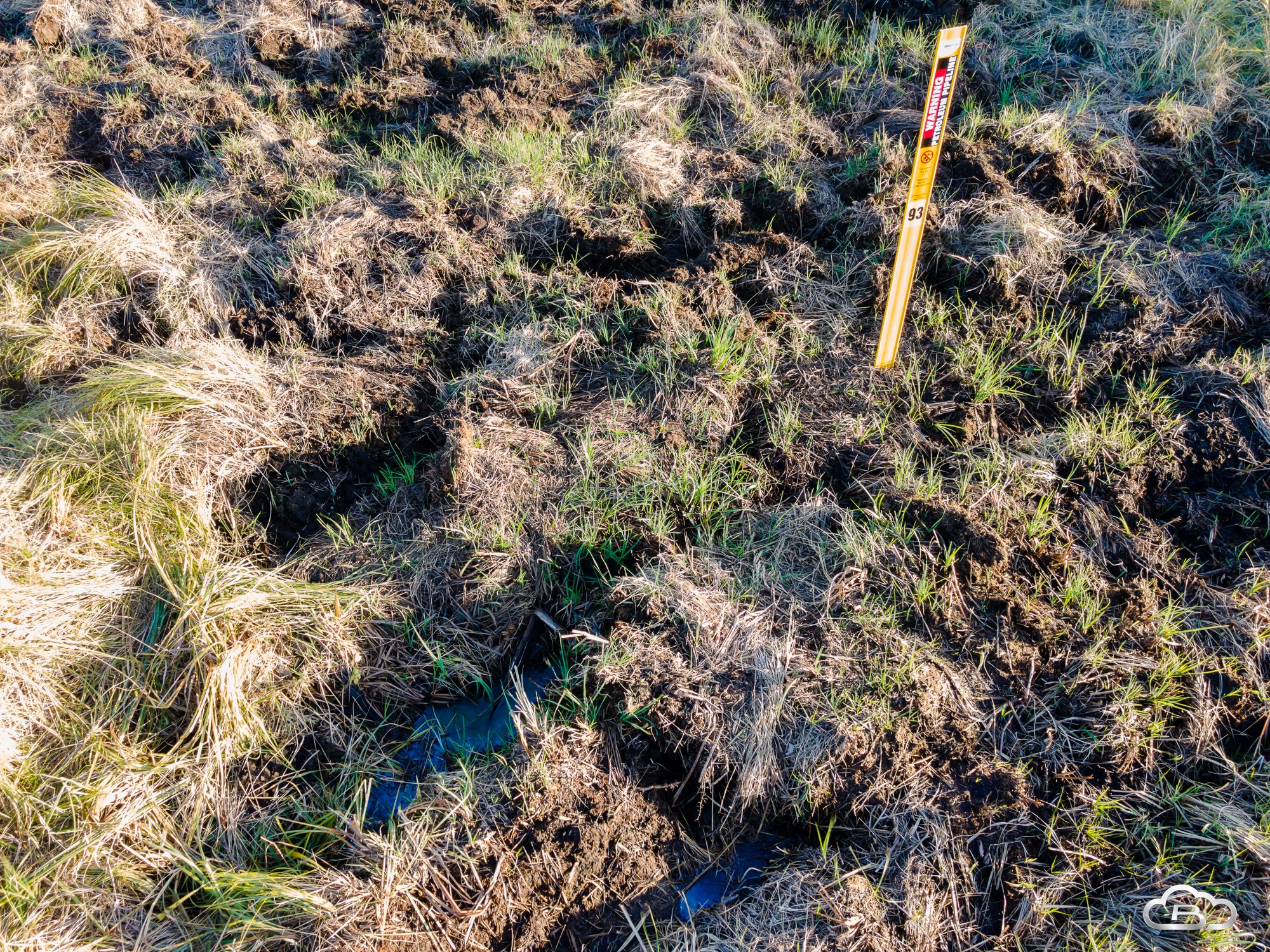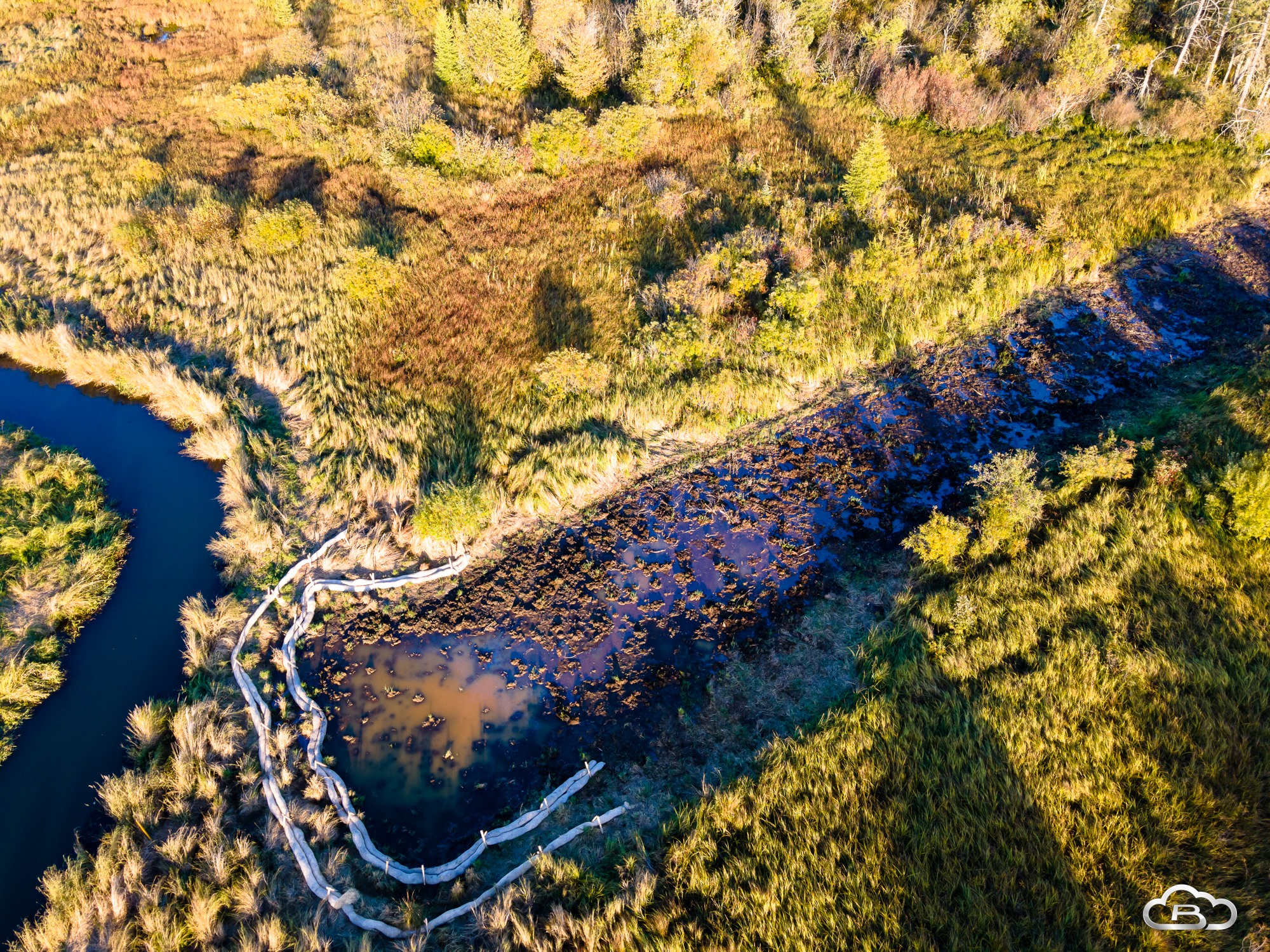The Minnesota Environmental Partnership sponsored a webinar titled
Understanding on the Enbridge Line 3 Aquifer Breach and Spills on September 23rd, 2021
MEP hosted a follow-up, Update on the Enbridge Line 3 Aquifer Breaches and Spills, on January 20, 2021
Throughout the construction of Line 3, Enbridge has acted irresponsibly and illegally, created disasters, and covered them up. Enbridge’s goal has been to build this pipeline as fast as possible and at any cost. Permit violations are in the dozens and shoddy construction practices have left a wake of destruction through Minnesota’s most pristine waters, wetlands and wild rice beds.
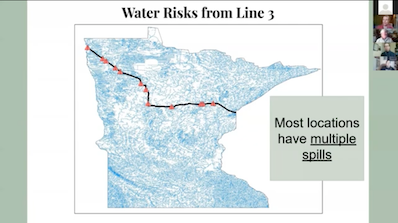
The fact that an aquifer could be breached in January 2021, go unnoticed by regulators for months, and not be repaired until January 2022 shows there has been a complete breakdown of our state’s environmental protections and regulatory system.
Resources referenced in the webinar:
- Line 3 Failures and Violations Memo
- Line 3 Failures and Violations Attachments to Memo
- Letter to Enbridge Requesting Drilling Mud Data
- Enbridge Response to Request for Drilling Mud Data
- Follow-up Correspondence Regarding Enbridge Refusal to Share Drilling Mud Data
Quick Facts about the Aquifer Breach in Clearbrook
Learn more from our fact sheet: Line 3 Aquifer Breach
- On January 21, 2021, Enbridge breached an artesian aquifer near Clearbrook, Minnesota. The breach immediately created quick-sand like conditions at the surface of the construction area and uncontrolled water flow out of the aquifer.
- To avoid a Stop Work Order and construction delays, Enbridge didn’t tell state regulators or environmental monitors about the breach. It opted to continue construction for the oil pipeline and worry about fixing the aquifer later.
- While continuing to build the pipeline amidst uncontrolled water flow, Enbridge inserted sheet pilings that created a second breach of the aquifer.
- Uncontrolled flow from the aquifer continues today. Over 25 million gallons have been lost so far.
- Enbridge breached the aquifer because it disregarded its permitted construction plans when it encountered an obstacle (another oil pipeline it didn’t know about), digging at a depth of 18 feet instead of the approved 8 feet. This is a violation of the permit and state law. This catastrophe was completely preventable.
- As of January 18, 2021, Enbridge claims the aquifer breach has been repaired – a full year after it began.
Quick Facts about 28 Drilling Mud Spills in Minnesota’s Waters
Photos from the Indigenous Environmental Network.
Learn more from our Fact Sheet: 28 Spills in 21 Waters
On August 9, in response to a request from state legislators, the MPCA released data for the first time from Enbridge regarding the drilling mud releases, or frack-outs, resulting from the horizontal directional drilling methods used to drill under 15 different Minnesota rivers. The data showed:
- 28 unique spill incidents – each a violation of the permit.
- 12 of 21, or 63%, of the horizontal directional drilling crossings were polluted with drilling fluid.
- 80%, or 12 of 15 of the rivers being crossed with this method were impacted.
The frack-outs as reported by Enbridge occurred between June 8 and August 5 and all of them are “under investigation,” but because construction was not paused by the MPCA, the results of these investigations will be delivered well past the time that information gleaned from them could help prevent further disaster. Spill after spill, reckless and polluting construction continued despite the mounting evidence that the water protection methods in use were flawed.
More frack-outs are being identified everyday by citizens in the area as drilling mud rises to the surface near the river beds.
